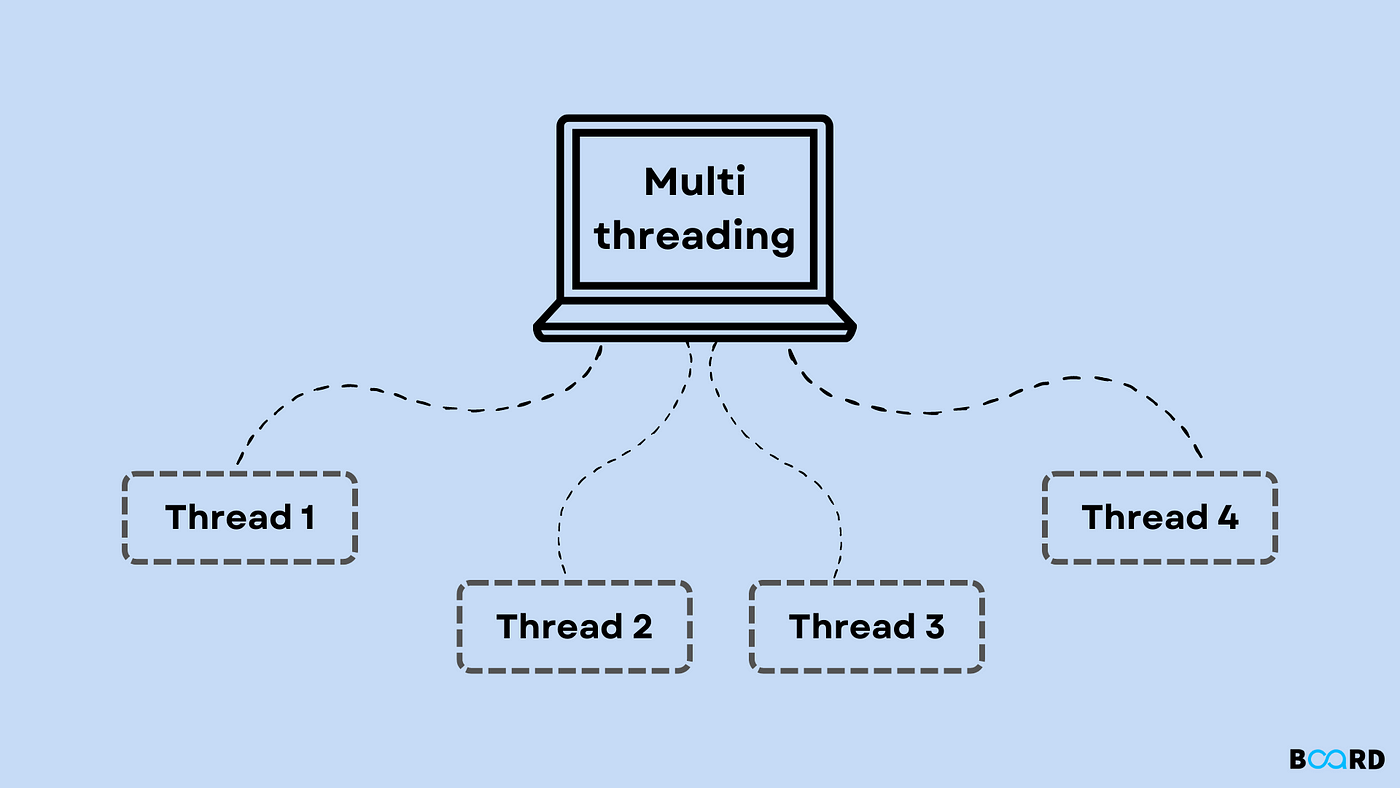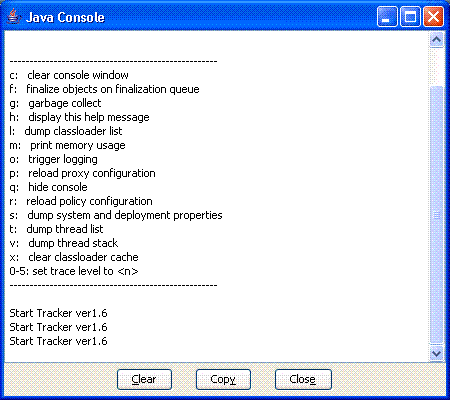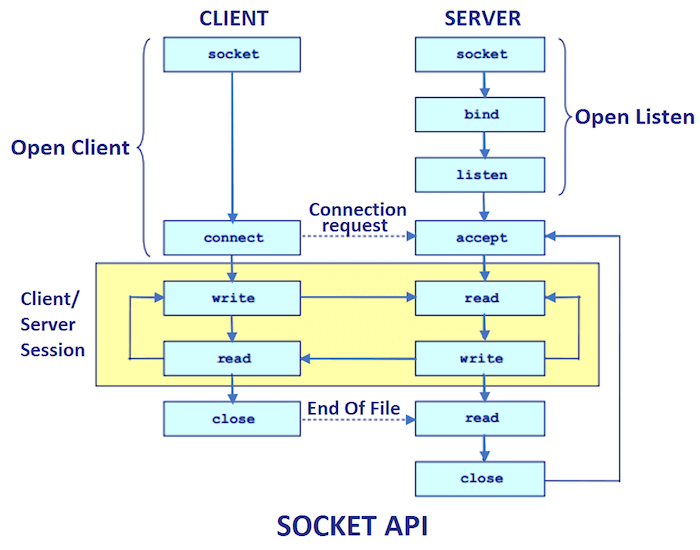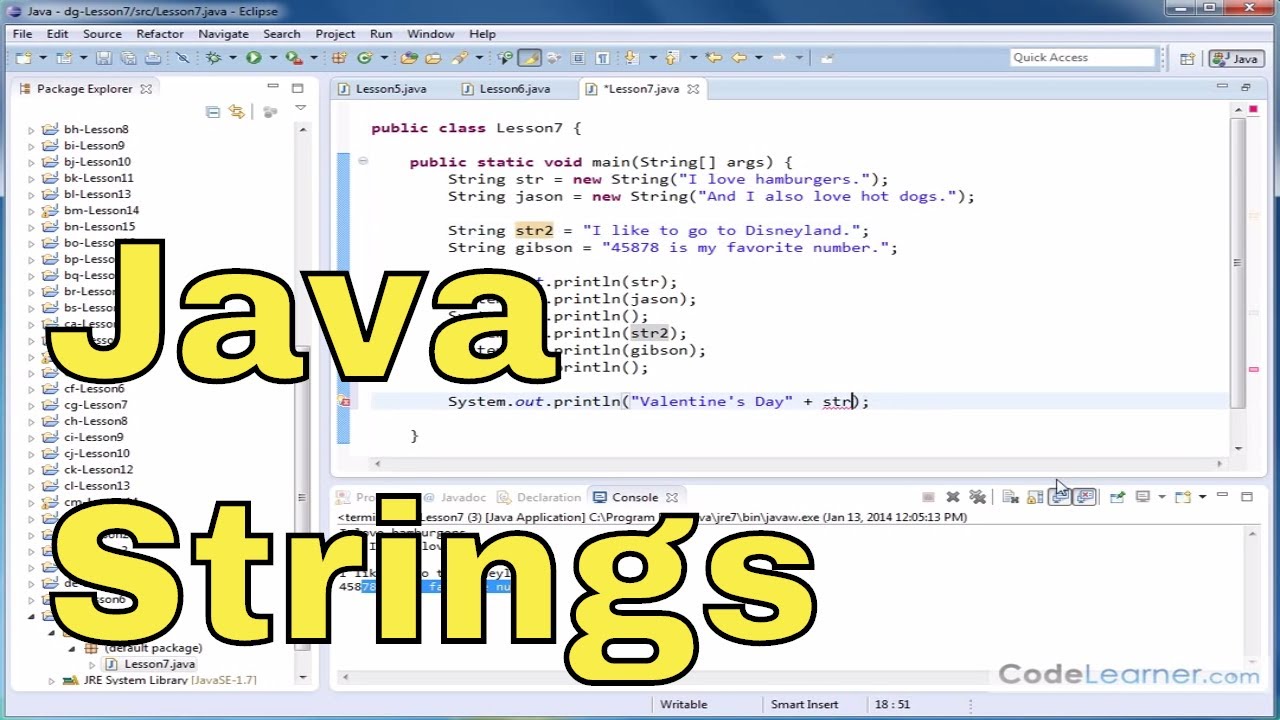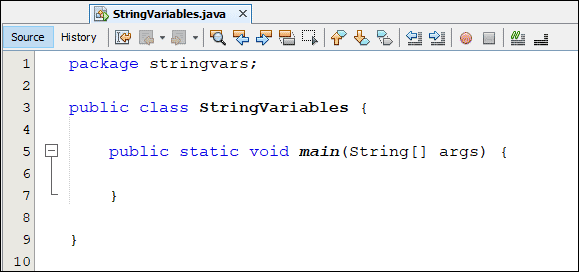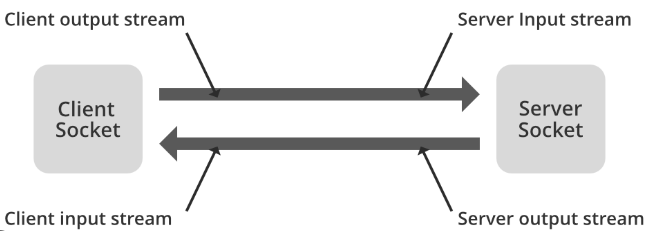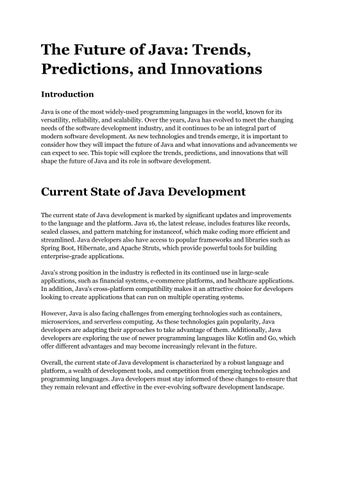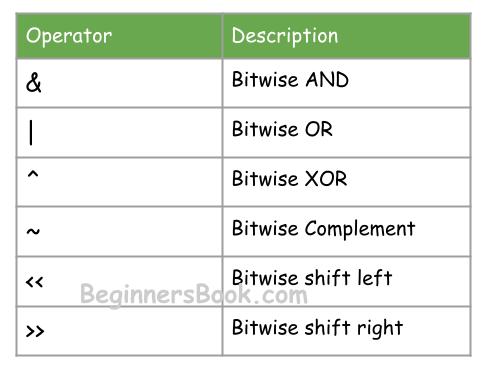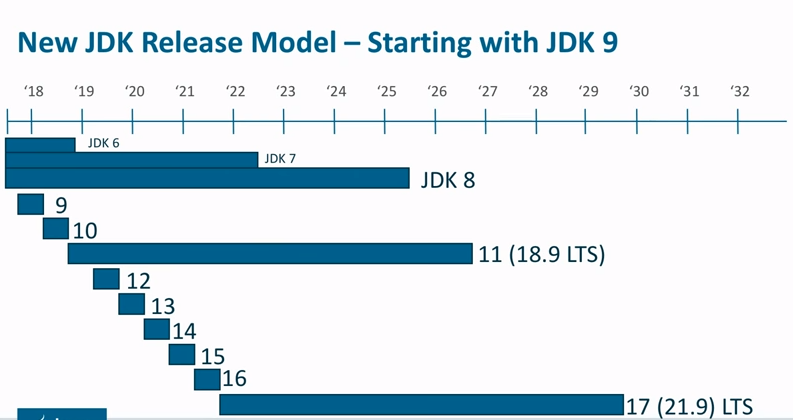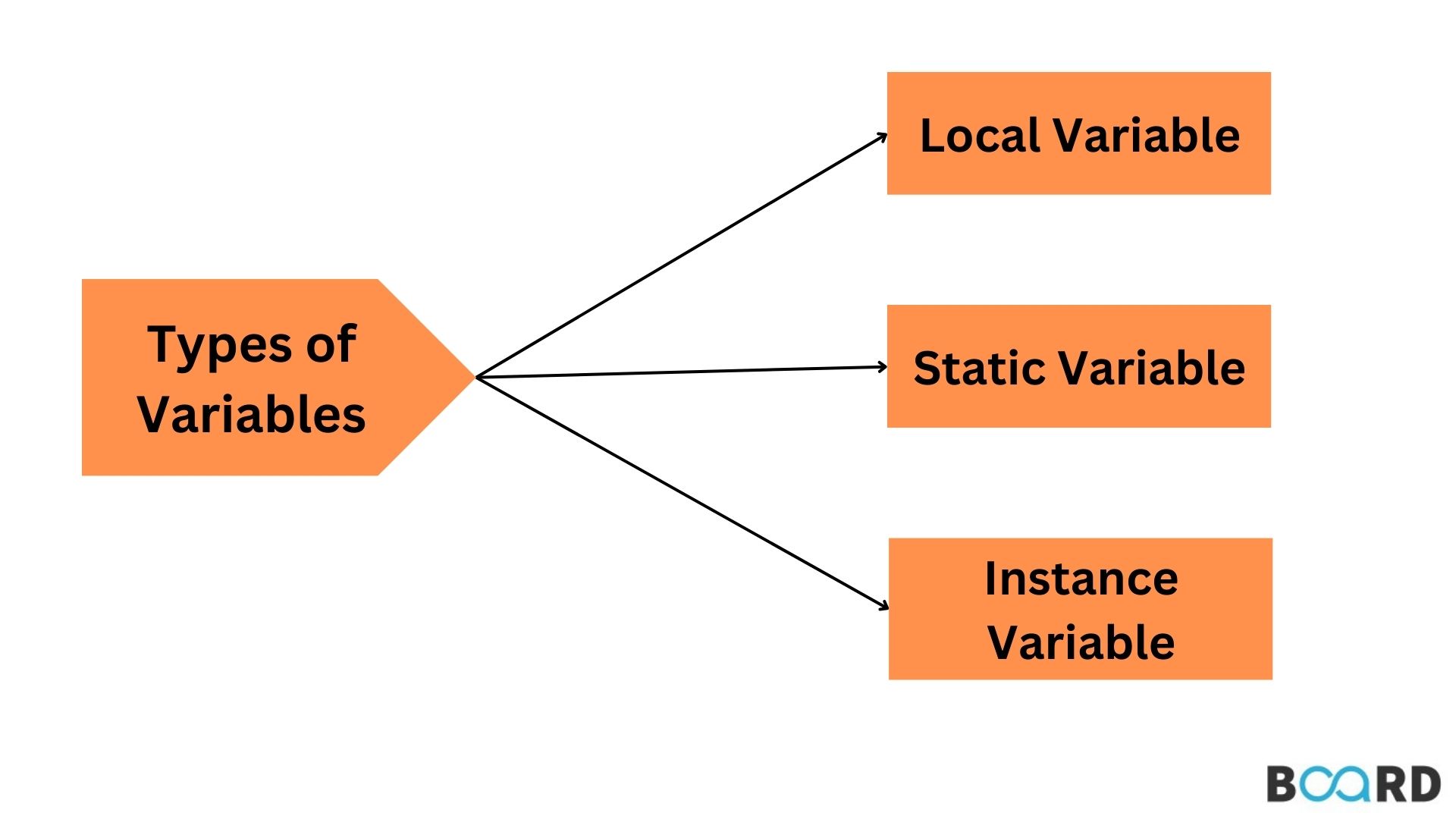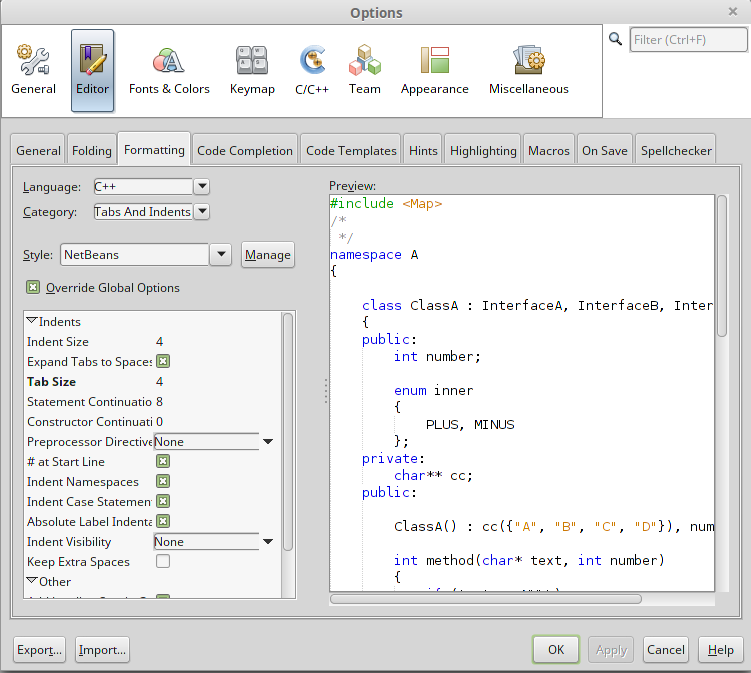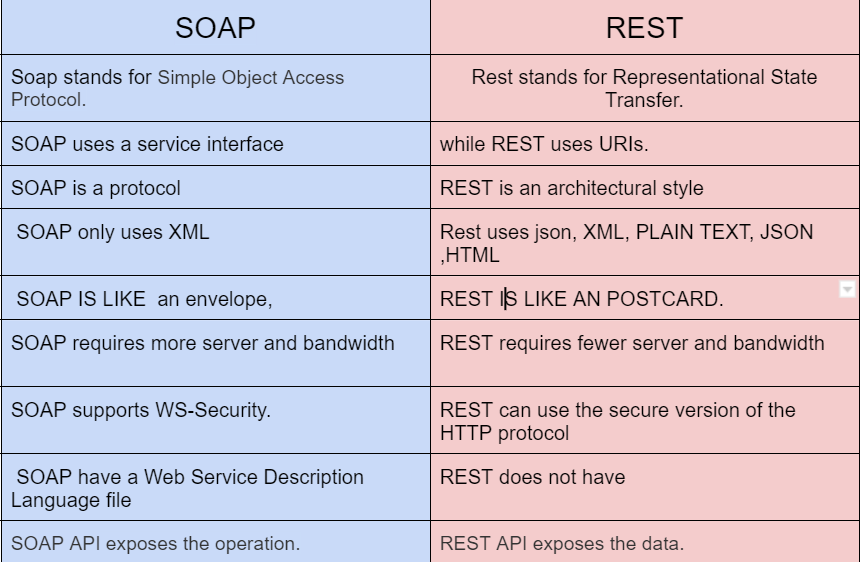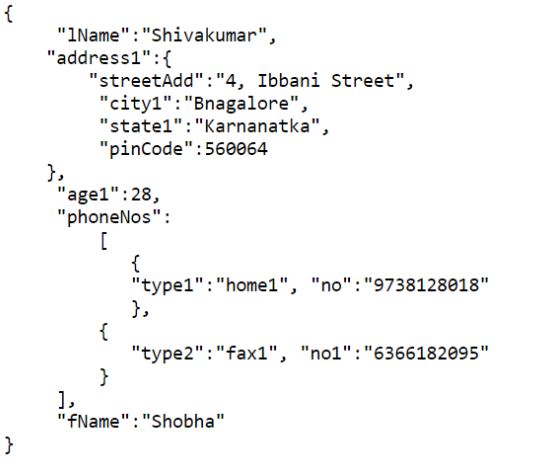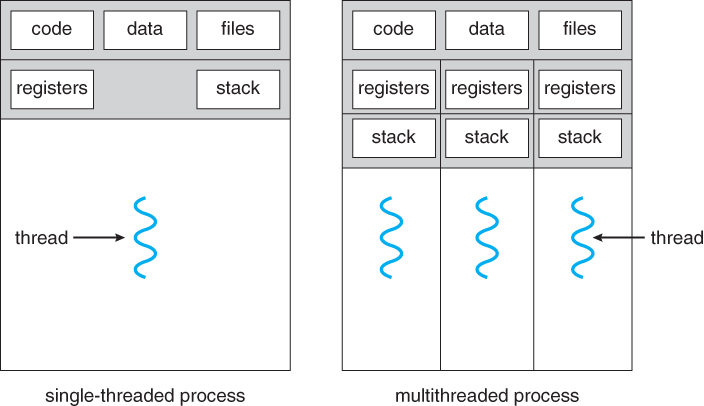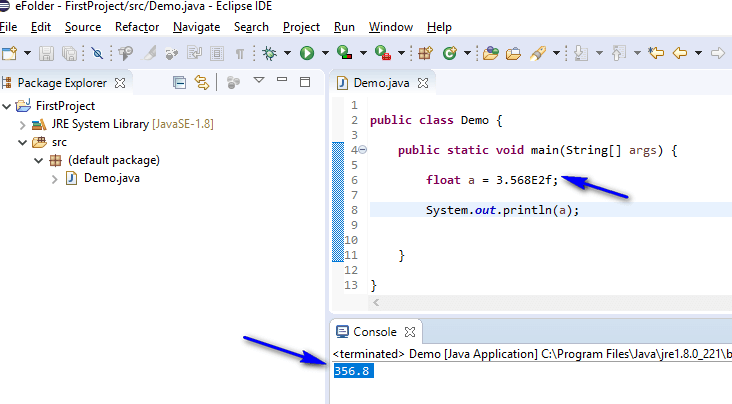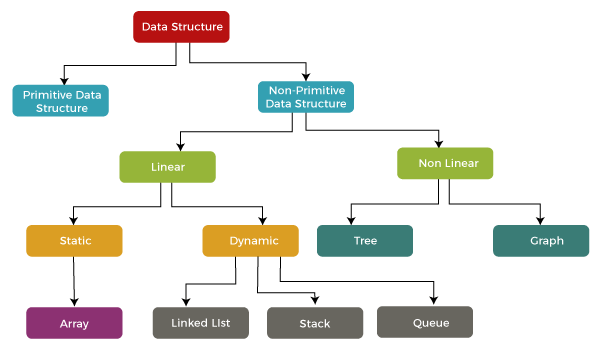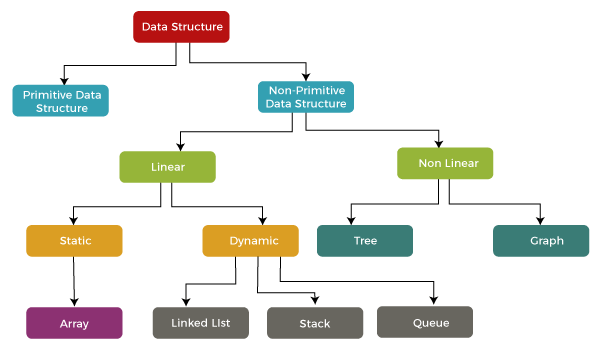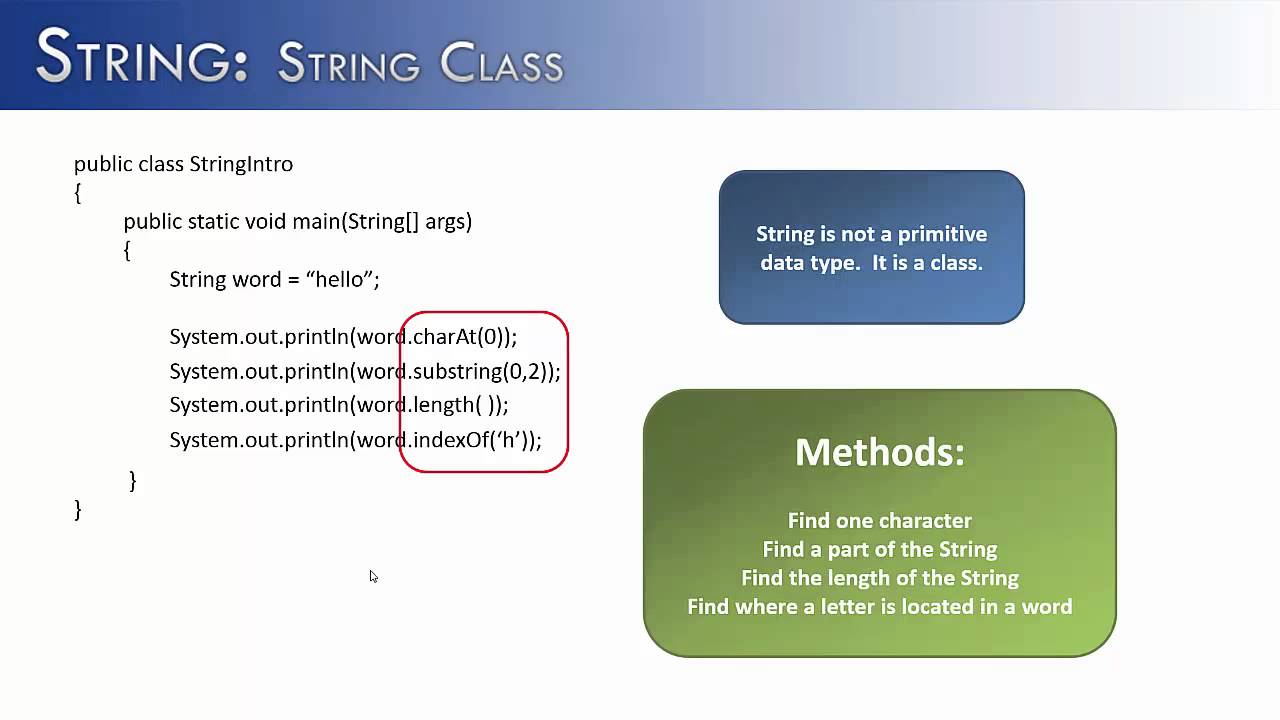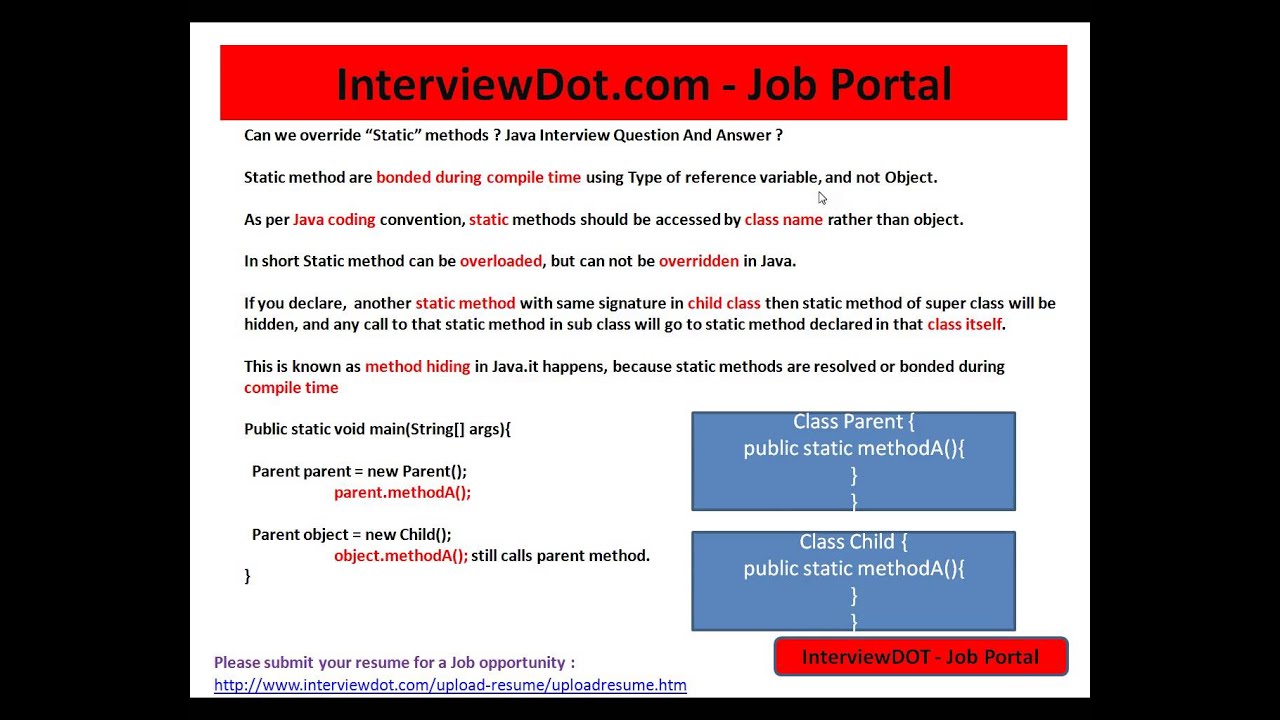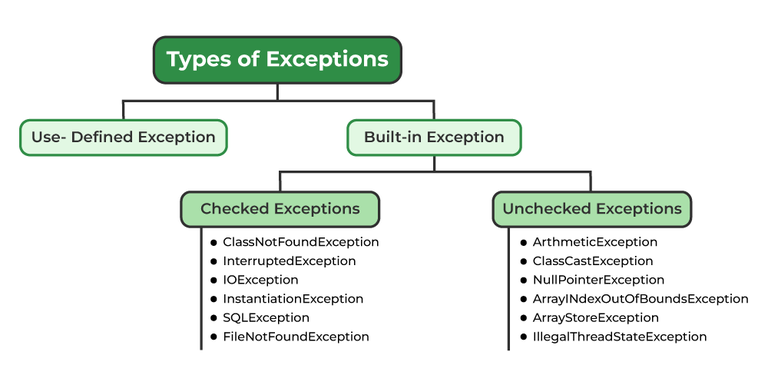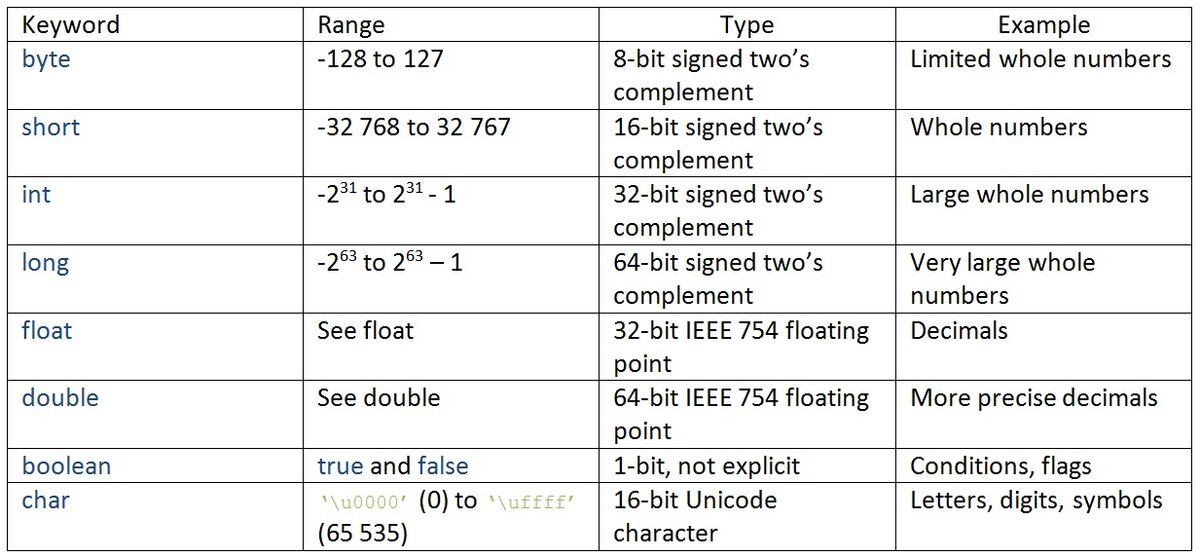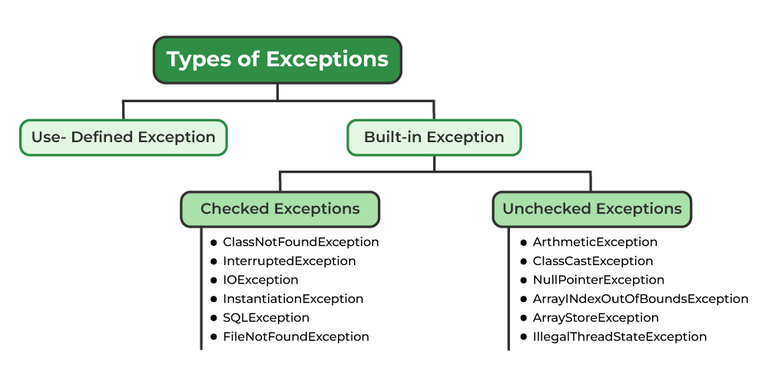Java thread-safe queue
Java thread-safe queue
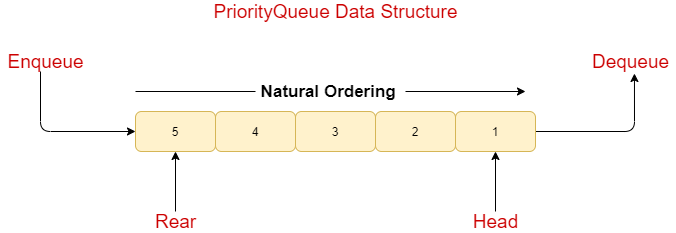
I'll respond in English for now.
A Java thread-safe queue is a crucial data structure that ensures the safe and efficient sharing of data among multiple threads or concurrent processes in a multithreaded environment. A thread-safe queue can be implemented using various strategies, including:
Synchronized BlockingQueue: This implementation uses Java'sjava.util.concurrent.BlockingQueue interface, which provides blocking methods for putting and taking elements from the queue. The synchronized keyword ensures that only one thread can access the queue at a time.
import java.util.concurrent.BlockingQueue;
import java.util.concurrent.LinkedBlockingDeque;
public class SynchronizedBlockingQueue {
private final BlockingQueue queue = new LinkedBlockingDeque<>();
public void put(Object o) throws InterruptedException {
queue.put(o);
}
public Object take() throws InterruptedException {
return queue.take();
}
}
ReentrantLock and ConcurrentLinkedQueue: This implementation uses Java's java.util.concurrent.locks.ReentrantLock and java.util.concurrent.ConcurrentLinkedQueue classes. The ReentrantLock is used to lock the queue, allowing only one thread to access it at a time.
import java.util.concurrent.ConcurrentLinkedQueue;
import java.util.concurrent.locks.ReentrantLock;
public class ReentrantLockAndConcurrentLinkedQueue {
private final ConcurrentLinkedQueue queue = new ConcurrentLinkedQueue<>();
private final ReentrantLock lock = new ReentrantLock();
public void put(Object o) {
lock.lock();
try {
queue.add(o);
} finally {
lock.unlock();
}
}
public Object take() throws InterruptedException {
lock.lock();
try {
return queue.poll();
} finally {
lock.unlock();
}
}
}
AtomicVariables and ConcurrentHashMap: This implementation uses Java's java.util.concurrent.atomic.AtomicVariable and java.util.concurrent.ConcurrentHashMap classes. Atomic variables ensure that the queue is updated atomically, while a concurrent hash map allows for efficient lookups.
import java.util.concurrent.atomic.AtomicInteger;
import java.util.concurrent.ConcurrentHashMap;
public class AtomicVariablesAndConcurrentHashMap {
private final ConcurrentHashMap<Integer, Object> queue = new ConcurrentHashMap<>();
private final AtomicInteger size = new AtomicInteger(0);
public void put(Object o) {
int currentSize = size.get();
queue.put(currentSize, o);
size.incrementAndGet();
}
public Object take() throws InterruptedException {
int currentSize = size.getAndDecrement();
return queue.remove(currentSize);
}
}
Each of these implementations provides a thread-safe queue, but they differ in their approach and performance characteristics. The choice of implementation depends on the specific requirements of your application.
In conclusion, implementing a Java thread-safe queue requires careful consideration of concurrency control strategies to ensure safe and efficient sharing of data among multiple threads or concurrent processes.
How to make collection thread-safe in Java?
Here's how you can make a collection thread-safe in Java.
When multiple threads access and manipulate shared data, it is essential to ensure that the access and modification of this data are synchronized. This is because concurrent access to shared data without proper synchronization can lead to inconsistencies, errors, or even crashes.
One way to achieve this thread-safety is by using synchronized keyword in Java, which ensures that only one thread can execute a particular block of code at any given time. This can be done with the help of collection classes like ArrayList and HashSet.
Let's take an example where we want to share an ArrayList among multiple threads:
public class ThreadSafeCollection {
private List list;
public ThreadSafeCollection() {
list = new ArrayList<>();
}
public synchronized void addElement(int element) {
list.add(element);
}
public synchronized List getElementList() {
return list;
}
}
In this example, the addElement and getElementList methods are declared as synchronized, which means that any thread calling these methods will be blocked until the current thread (i.e., the one holding the lock) has finished executing its method. This ensures that only one thread can execute these methods at a time.
Another way to achieve thread-safety is by using Java's concurrency utilities, such as ConcurrentHashMap. Here's an example:
public class ThreadSafeMap {
private ConcurrentHashMap<String, Integer> map;
public ThreadSafeMap() {
map = new ConcurrentHashMap<>();
}
public void putElement(String key, int value) {
map.put(key, value);
}
public int getElementValue(String key) {
return map.getOrDefault(key, 0);
}
}
In this example, the ConcurrentHashMap provides a thread-safe way to access and modify shared data. The putElement method puts an element into the map, while the getElementValue method gets the value for a given key.
When deciding which approach to use, consider the following factors:
Performance: Synchronized methods may have higher latency because they need to acquire and release locks. Concurrency utilities likeConcurrentHashMap are designed for high-throughput scenarios. Complexity: Synchronized code can be simpler but less efficient than concurrency utilities, which require a deeper understanding of Java's concurrency features.
In summary, making a collection thread-safe in Java involves ensuring that shared data is accessed and modified by multiple threads without introducing inconsistencies or errors. You can achieve this using Java's synchronized keyword for synchronized methods or concurrency utilities like ConcurrentHashMap.
